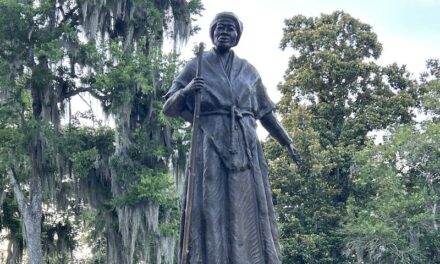Lately, I am in a perpetual state of busyness, but by the end of the day or week I wonder what I have accomplished. There are fires to extinguish. There are meetings before the meetings, and then follow-ups to the meetings. There are agendas to develop and strategies to modify. There are perpetual interruptions.
“When the student is ready, the teacher appears,” Buddha said.
Boy howdy, did I need a teacher! Buddha promised me one. I am ready!
The other day, someone tossed out a concept that I had heard before, but forgotten.
The Eisenhower Decision Matrix. “What is important is seldom urgent and what is urgent is seldom important.” Reviewing this concept and applying to my daily work could improve my productivity, the quality of my work, and even my mood.
Consider where I spend my time:
| Â |
Urgent |
Not Urgent |
|
Important |
1. Important and Urgent |
2. Important but not Urgent |
|
Not Important |
3. Not Important but Urgent |
4. Not Important or Urgent |
While much more of my time should be spent in Quadrant 2 above, it is apparent that too much of my time is spent in 1 and 3. I would bet that this is the same for most nonprofit executives.
More time in Quadrant 2 means improving the quality of the work; being proactive instead of reactive; sufficient time for research to feed critical decisions; communicating with finesse instead of speed; building important relationships.
How? Well, perhaps…
- Manage expectations. These days there is an expectation that we immediately respond to emails and voicemails, and to have an open door policy. Sometimes I need to be more realistic with myself and with others about the timeframe in which something can be accomplished.
- Subtraction is also a part of the equation. I cannot keep adding things to my load, or to the loads of others, without also removing things. Being more willing to say “no,” or “not now” or “if I drop this I can pick that up” will have to be part of this process. Some deadlines can be moved. Some things may have to wait.
- Ask for help. Are there things that volunteers could do to assist with the less important so I would have more time for the important?
Do your favorite nonprofit executive a favor. Remind him/her of the Eisenhower Decision Matrix. If a general and POTUS could decide how to better use his time in this way, imagine what it could do for us! And as you consider how to live generously, giving this piece of information to an executive chasing his/her tail could be a generous gift indeed!
Denise K. Spencer is President and CEO of the Community Foundation of the Lowcountry. For more information, visit www.cf-lowcountry.org









